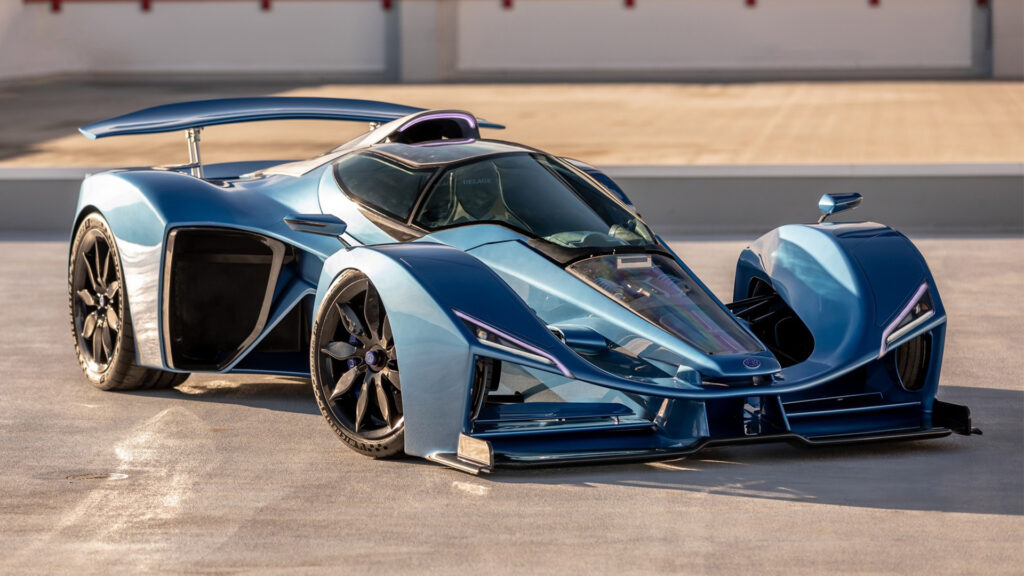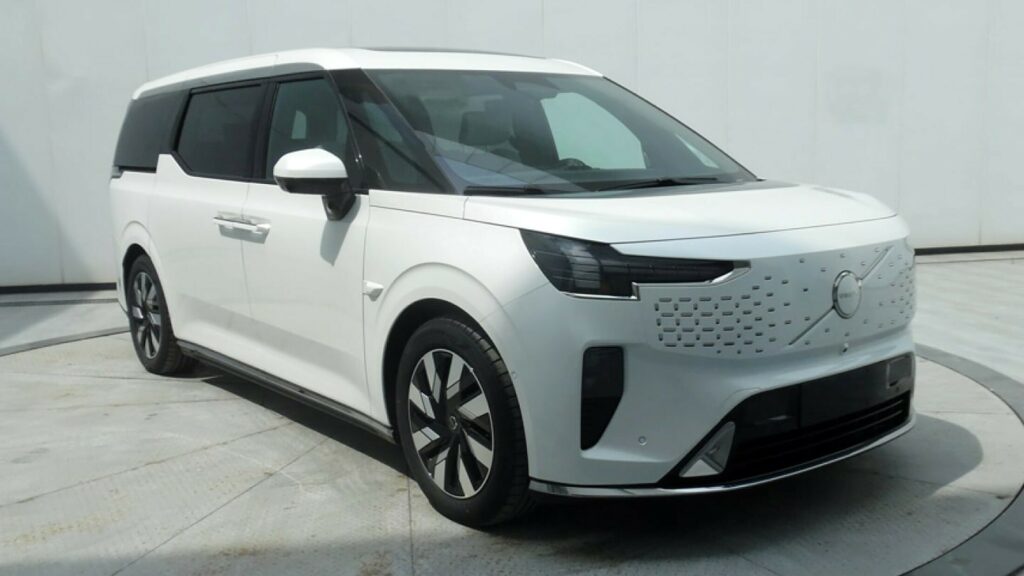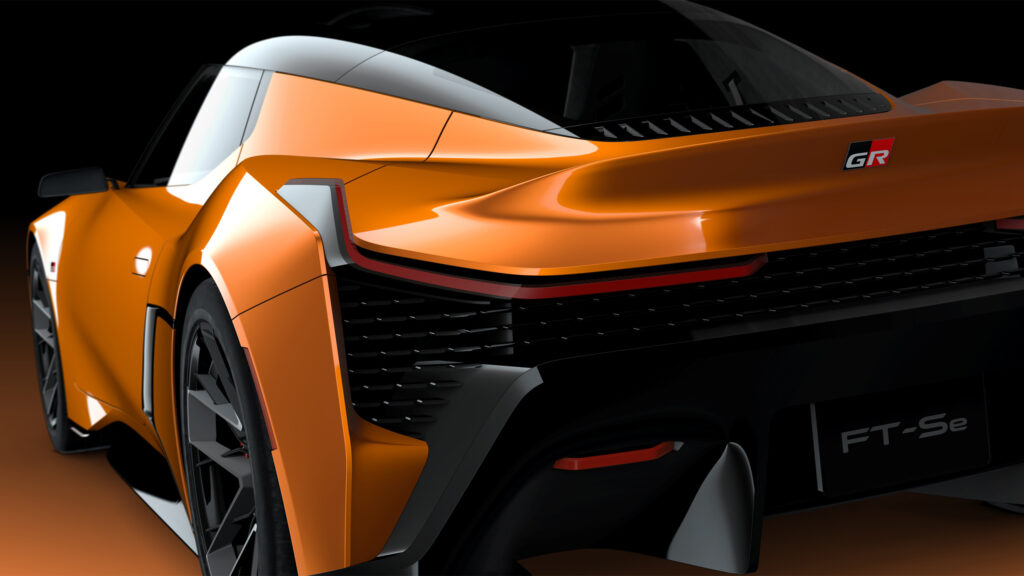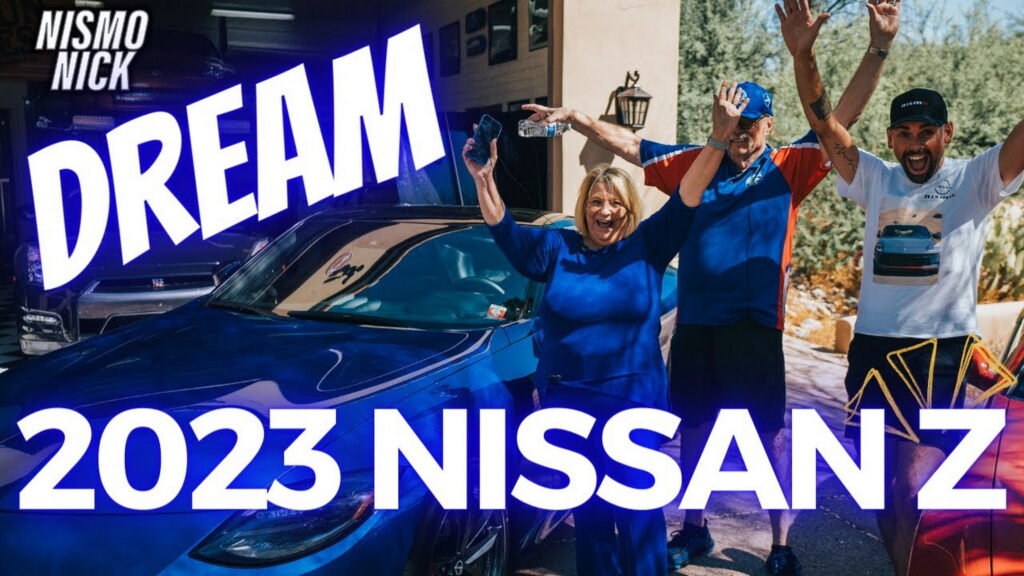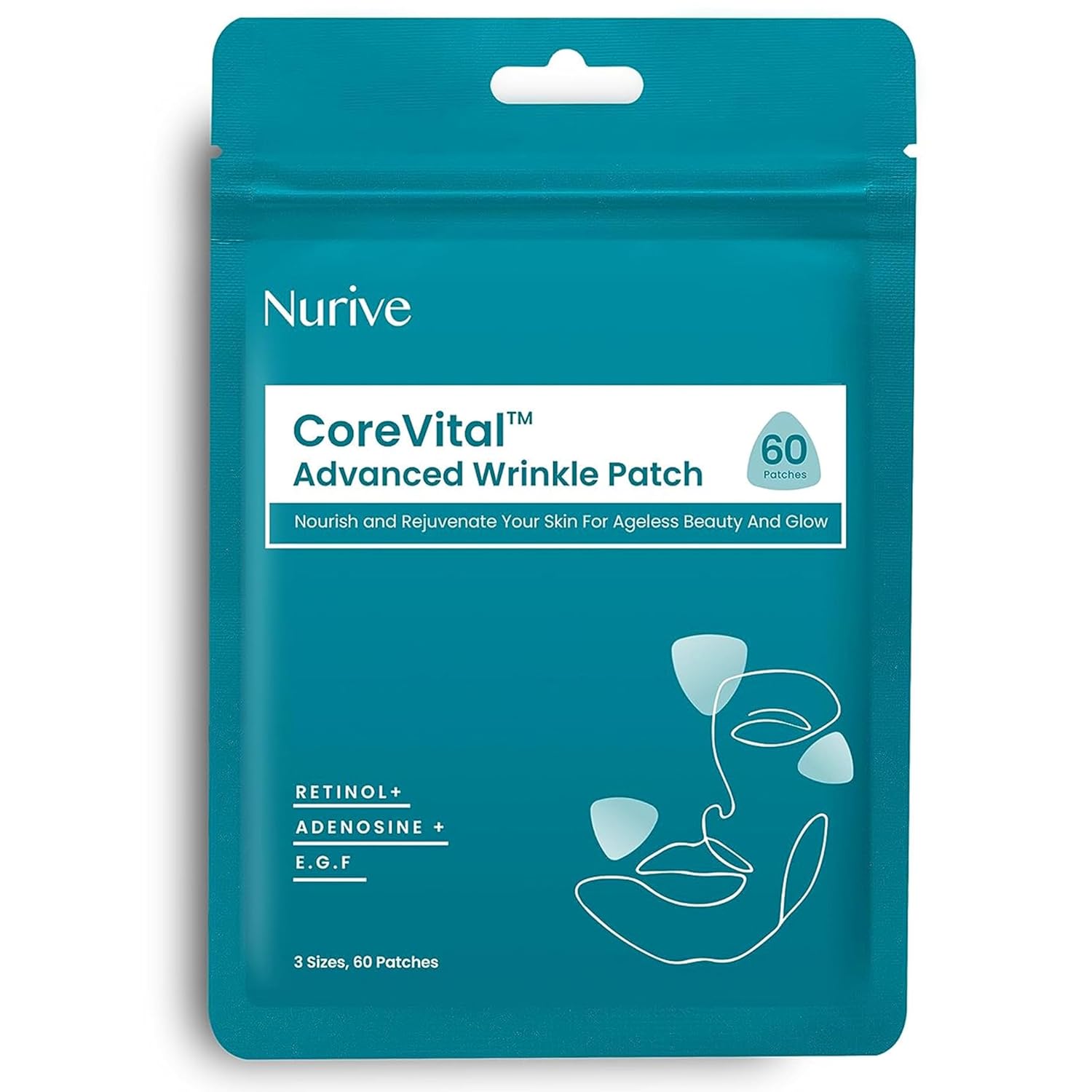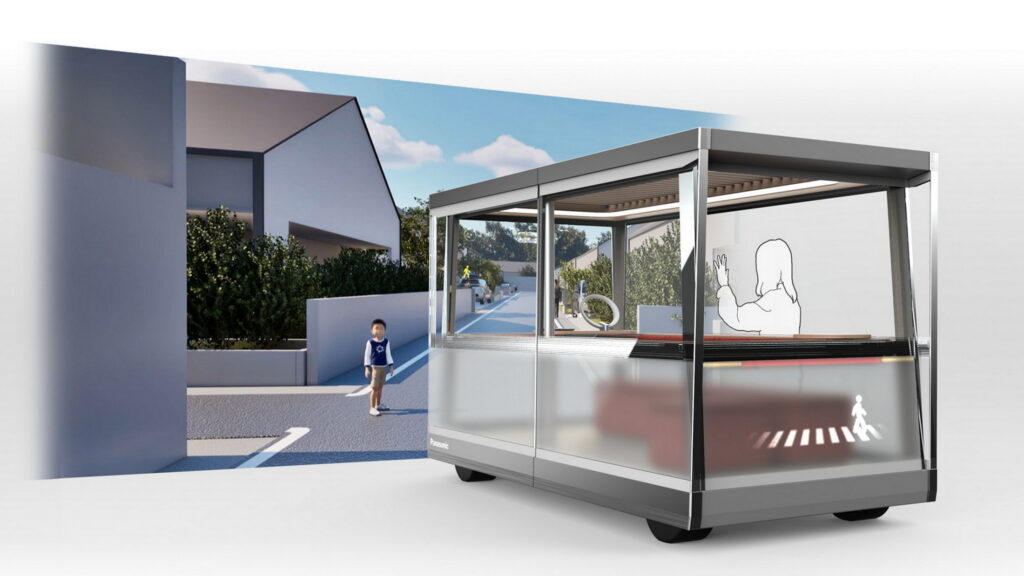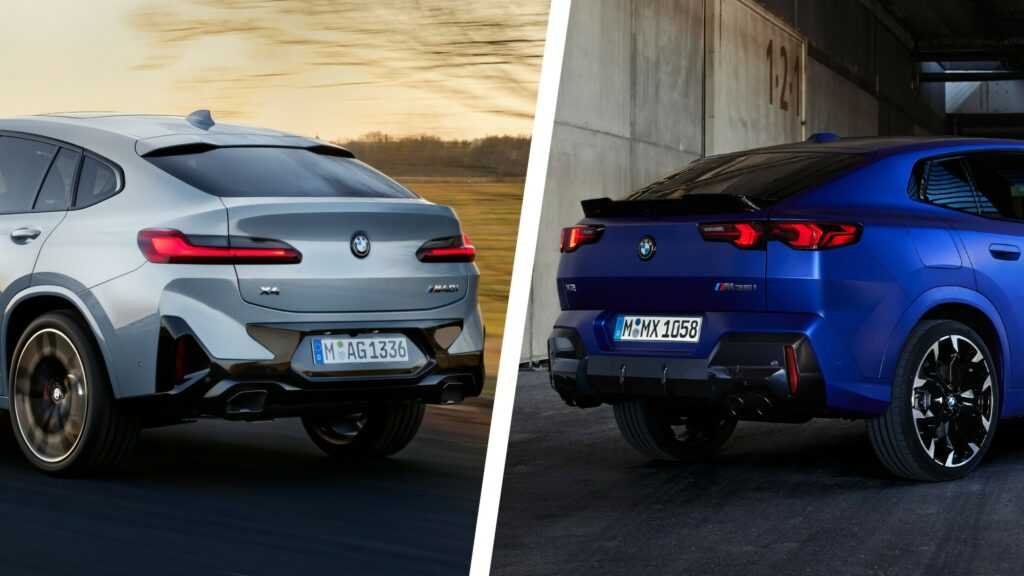Well+Good
If you’re one who wants to walk the walk and talk the talk when it comes to baking without spending endless hours in a sweaty kitchen whipping, kneading, and otherwise, we’ve got just the fall-themed baked good for you.
Meet these baked apple donuts made with five (!) ingredients or less that’ll trick or treat everyone into thinking you’ve become a pastry chef overnight (thank youuu, Pepperidge Farm Puff Pastry Sheets). Best part? Zero deep-frying and mess is involved—true game changers when it comes to making homemade donuts.
How to make DIY cinnamon-sugar baked apple donuts in mere minutes
Unlike making traditional donuts from scratch (which requires a boatload of ingredients, lengthy dough rising times, and handling piping hot cooking oil), these DIY baked apple donuts are the exact opposite. In fact, you only need five ingredients—some tasty apples, puff pastry, cinnamon, sugar, and egg wash. Just watch @seriousfoodfestish’s recent Instagram post, and you’ll be drooling in no time.
So, how does the magic come to life? First things first, you’ll want to shape your apples so they resemble a donut, which is easy with a little help of a cookie cutter (used to make the hole at the center of a donut) and a sharp knife. This 12-piece round cookie cutter set (available on Amazon for $7) features a wide range of sizes, although for this situation, you’ll want to use something on the smaller end (depending on the size of your fruit so that it’s proportionate).
To start, take a clean apple and lay it on its side. Then, cut about quarter-inch-thick rounds that resemble a flat disk, and use your nifty cookie cutters to remove the core, leaving about a two-inch diameter of clearance. Up next is the fun part, you’ll want to take slightly-thawed puff pastry and using a sharp knife or pizza cutter, cut about one-inch (width-wise) strips of the dough, aka you should be left with long strands like pappardelle pasta, only wider. If you find that the pastry dough is a bit too thick right out of the packaging, you can gently roll it out using a baking pin. Also, make sure it doesn’t become too thawed, or else it’ll be difficult to handle and become sticky.
Once that’s all set, using the puff pastry strips, mummify the apple slices. By that, we mean take each strand of puff pastry and wrap it around the apple slices, feeding the dough through the center as needed to ensure the entire apple is coated with puff pastry. Pro tip: Don’t leave any apple exposed, as this will help create the illusion of a donut as it rises while baking in the oven. Finally, once the apple is fully covered with puff pastry, you’ll want to transfer the “donuts” to a parchment-lined baking sheet, and gently brush the surface of each pastry-covered apple with egg wash (one large egg and one tablespoon of water whisked together) to help it become ever so golden as it bakes and help the toppings adhere to the surface.
Now, let’s delve into the toppings (arguably the best part). To keep things simple and traditional, sprinkle the egg-washed surface with a generous amount of cinnamon sugar (one part cinnamon to four parts sugar). Or, you can take the liberty of letting your imagination run wild and free with ~fun~ toppings of your choice. Think: Spooky sprinkles, chocolate drizzle, honey, icing, the options are endless. Once you’ve made your selection, simply bake everything in a 375ºF oven for 20-25 minutes.
The result? Sweet, fluffy donuts filled with a slightly tart apple filling that’s the epitome of fall vibes. Swoon.
What type of apples should you use when baking?
Honeycrisp, McIntosh, Pink Lady, there are tons of apple varieties to choose from. However, when it comes to baking, experts say there are a few standouts that’ll hold their shape and maintain their texture when exposed to high temperatures (and not turn into a pile of mush or applesauce). Al Rose, a fourth-generation farmer and owner of Red Apple Farm in Phillipston, Massachusetts—where he grows over 50 varieties of apples—previously shared with Well+Good that the key factor for finding the best apples for baking is that it has a firmer texture. That’s to say, according to Rose, Fuji and Granny Smith are stellar options.
Discover how to make a delicious vegan graham cracker apple tart fitting for the season:


